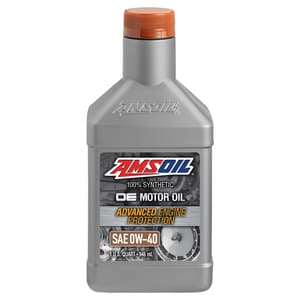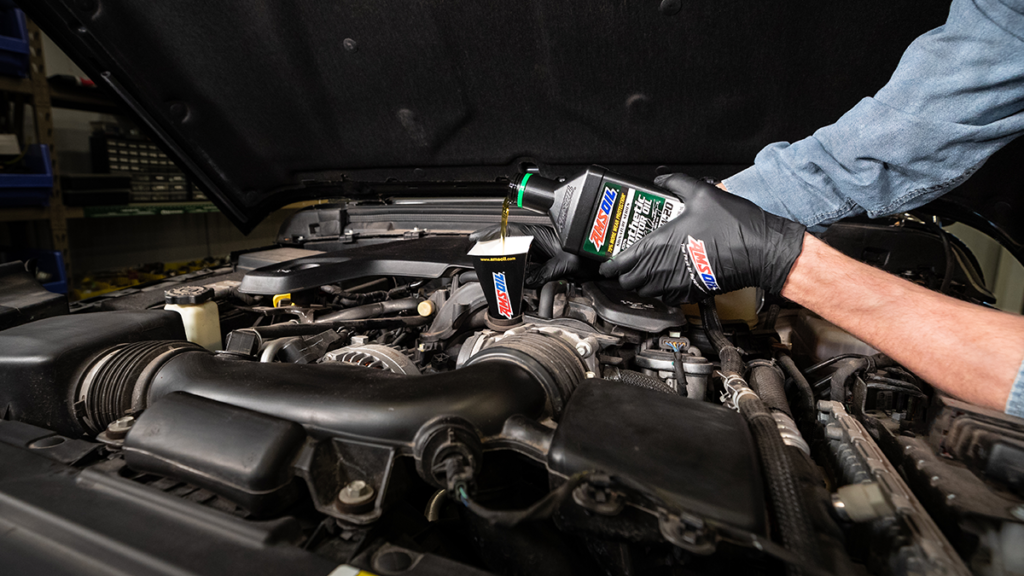Changing motor oil is a well-known necessity for keeping your car running smoothly. Regular oil changes are crucial for vehicle maintenance because they remove contaminants and address chemical changes that make oil unsuitable for further use. But let’s face it, life gets hectic, and sometimes you might find yourself wondering just how far you can push the limits of your vehicle’s oil change schedule. So, how many miles can you really go over an oil change?
Factors Affecting Oil Change Mileage
Several factors determine how far you can stretch your oil change beyond the recommended mileage. These include the type of engine you have, the quality of oil used, your driving habits, and the car’s maintenance history. Understanding these can help you make informed decisions about your car’s oil change schedule.

Engine Type
Different engines have different needs. Traditional engines without turbochargers are often more forgiving if you extend the oil change interval slightly. However, modern engines, which operate at higher temperatures due to increased horsepower and turbochargers, are less tolerant. These conditions cause conventional oils to oxidize, form deposits, and thicken, necessitating more frequent changes.
Oil Type and Quality
Not all motor oils are created equal. Conventional oils, made from impure molecules, break down faster under the stress of high temperatures and pressures. On the other hand, high-quality synthetic oils like AMSOIL are engineered to withstand harsh conditions and provide longer drain intervals. For instance, AMSOIL Signature Series 100% Synthetic Motor Oil is designed for up to 25,000-mile/one-year drain intervals, offering you peace of mind with fewer oil changes.
Driving Conditions
How and where you drive also plays a significant role in how quickly your oil degrades. Frequent short trips without allowing the engine to reach its optimal operating temperature can prevent oil from burning off moisture and contaminants, leading to quicker degradation. Similarly, towing heavy loads or driving in extreme temperatures, either hot or cold, can further reduce the lifespan of your oil.

Signs Your Oil Needs Changing
Knowing when to change your oil isn’t just about counting miles. Several indicators can alert you that it’s time to get your oil changed.
Dashboard Warnings
Your car’s dashboard is your first line of defense against maintenance neglect. An illuminated oil change light or check engine light should prompt a visit to your mechanic to check if it’s time for an oil change.
Physical Oil Condition
It’s a good practice to visually check your oil’s condition. If the oil on the dipstick is dark, gritty, or below the minimum mark, this is a clear sign that an oil change is overdue. Clean oil is typically a light golden color and should feel smooth between your fingers.

The Risks of Delaying an Oil Change
Stretching your oil change intervals too far can have serious consequences for your vehicle.
Engine Damage
Old or degraded oil fails to lubricate the engine effectively, leading to increased friction, overheating, and premature wear on engine components. This can eventually lead to significant engine damage and costly repairs.
Fuel Efficiency
Dirty oil can lead to reduced lubrication efficiency, which means your car’s engine has to work harder to perform well. This results in higher fuel consumption and decreased overall performance.

Extending Oil Change Intervals Safely
If you’re looking to safely extend your oil change intervals, there are a few strategies you can adopt.
Synthetic Oils Benefits
Using high-quality synthetic oils like AMSOIL can significantly extend the time between oil changes. These oils are designed to resist thermal breakdown and provide superior protection against wear, helping your engine run smoother for longer.

Oil Analysis Importance
For those who want to stretch oil change intervals, especially in commercial or high-performance vehicles, oil analysis is a crucial tool. It provides a detailed report on the condition of your oil and can help you effectively gauge when an oil change is necessary without unnecessary guesswork.
In conclusion, while it’s tempting to delay oil changes, especially when life gets busy, understanding the risks and knowing how to safely extend oil change intervals can save you from expensive repairs down the road. Always prioritize regular maintenance to ensure your vehicle performs at its best.

